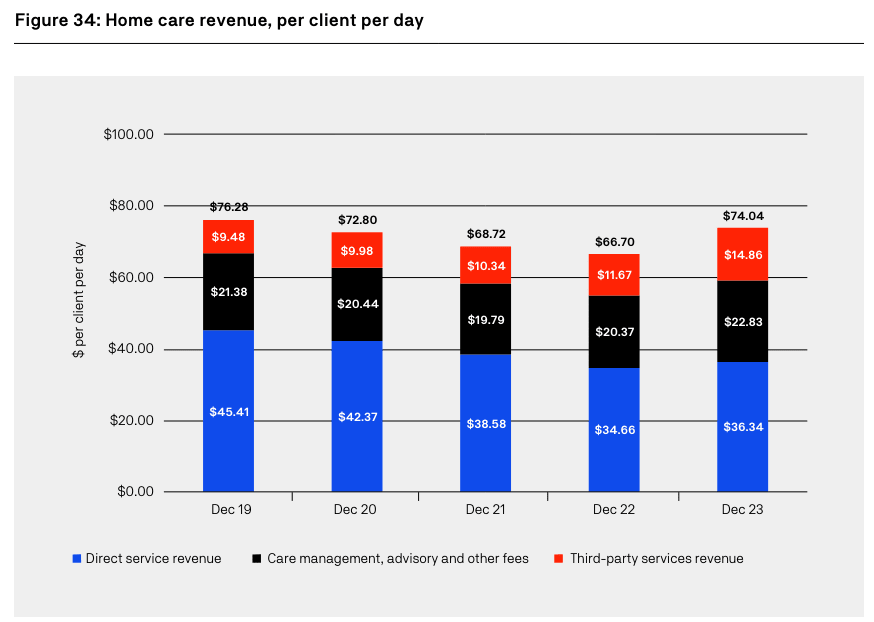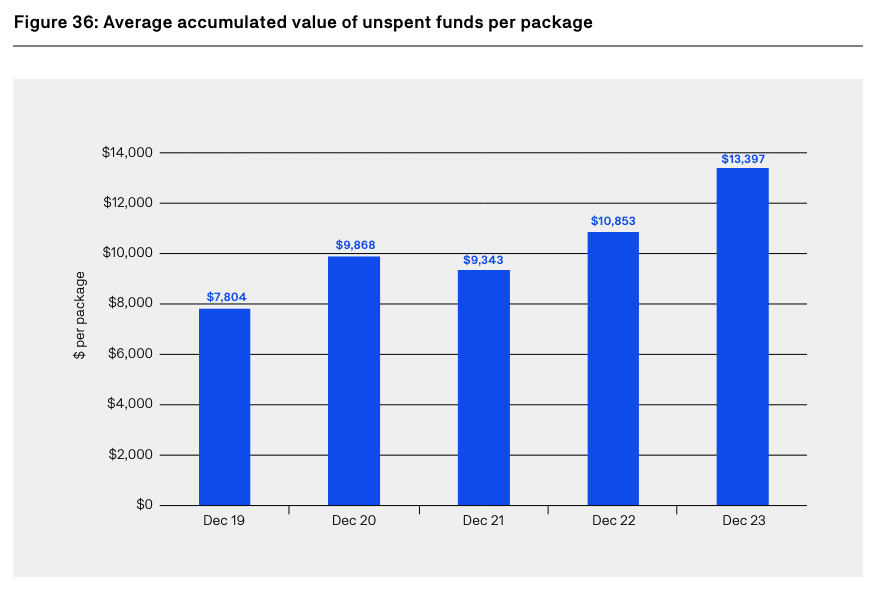Home care provider profitability falls to five-year low: UARC
The EBITDA for home care providers has fallen from a provider average of $6.99 per care recipient per day in the first half of 2029-20 to barely breaking even at $1.77 per care recipient per day in the first half of 2023-24, according to the UTS Ageing Research Collaborative (UARC)'s Australia's...

The EBITDA for home care providers has fallen from a provider average of $6.99 per care recipient per day in the first half of 2019-20 to barely breaking even at $1.77 per care recipient per day in the first half of 2023-24, according to UTS Ageing Research Collaborative (UARC)'s Australia's Aged Care Sector: Mid-Year Report 2023-24. The December 2023 result marks a 75% decrease in profitability over five years, and a five-year low. The decline in profitability will hamper the growth of home care services, as it will post "challenges in funding investments, such as in technology to improve service efficiency," the Report states.
Growing reliance on external providers
Home Care Package revenue per client per day is less than it was five years ago, the report shows. Home care revenue per client per day was $76.29 in the six months to December 2019, whereas it was only $74.04 in the six months to December 2023.

The portion of revenue from third-party services has increased over the five-year period, while the portion of revenue from direct services has declined. The trend reflects "a growing use of external parties to deliver home care services".
Unspent funds
A "persistent" portion of Home Care Package funding remains unused, with the equivalent of $14.10 per client per day going unused in the first half of 2023-24. The total value of unspent funds is now $3.09 billion.

UARC estimates that the total value of unspent funds is greater than the total cost of providing services to the 51,044 people on the Home Care Package waiting list (the number of people on the Home Care Package waiting list has since been revealed to be closer to 68,000). The Aged Care Taskforce recommended a fee-for-service home care model, in which clients would only contribute to services they received, and the level of contributions would vary according to the type of service delivered, which would eliminate the problem of unspent funds.
"Again, these proposals deserve widespread support and early implementation," the UARC Report recommends.
You can read the Report here.






